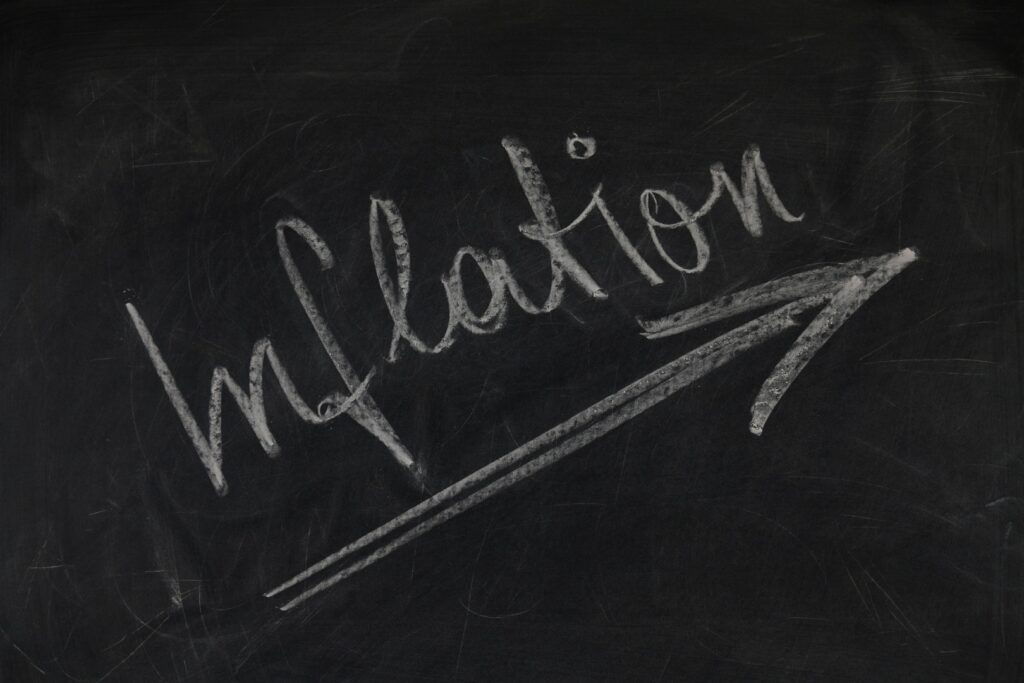
A widely expected increase in the October Personal Consumption Expenditures (PCE) price index — commonly regarded as the Federal Reserve’s preferred inflation gauge — triggered fresh losses for the U.S. dollar, while Treasury yields and U.S. stocks also slid in tandem.
By 11:10 a.m. ET in New York, the U.S. Dollar Index (DXY), tracked by the Invesco DB USD Index Bullish Fund ETF UUP, was down 0.8%, reflecting broad weakness in the greenback. Meanwhile, 10-year Treasury yields fell by five basis points to 4.26%, and the S&P 500, replicated by the SPDR S&P 500 ETF Trust SPY, dropped 0.4%.
Tech stocks were hit harder, with the Nasdaq 100 — tracked by the Invesco QQQ Trust, Series 1 QQQ — plunging 1.3%.
The headline PCE price index rose by 2.3% year-over-year in October, up from 2.1% in September, in line with forecasts. Core PCE inflation, which strips out volatile energy and food prices, also ticked higher, climbing from 2.7% to 2.8% annually, meeting economist predictions.
In a positive twist, personal spending and income data slightly beat expectations. Meanwhile, the second estimate for third-quarter U.S. GDP growth remained unchanged at a solid 2.8% annualized rate.
Joseph Brusuelas, economist at RSM US, highlighted the strength of household finances ahead of the critical holiday shopping season. “Strong personal spending and a 0.6% increase in personal income underscores just how robust the economy and households remain as we approach Black Friday and year-end 2024,” Brusuelas said.
Despite inflationary signals, Brusuelas maintains that the Federal Reserve is likely to lower interest rates by 25 basis points during its Dec. 18 meeting. Market-implied probabilities echoed this sentiment, with a 70% chance of a rate cut priced into futures markets.
Yet, while U.S. economic data took center stage, Wednesday’s market action appeared more influenced by carry-trade unwinding and growing speculation around a potential Bank of Japan (BOJ) interest rate hike in December.
The Japanese yen jumped 1.2% against the dollar, extending its winning streak to three consecutive sessions.
Such a strong daily move by the yen certainly strides with statistics revealing an October U.S. inflation uptick.
“Investors are betting on an interest-rate hike from the Bank of Japan next month,” noted BBVA forex strategist Alejandro Cuadrado in a client note on Tuesday.
The interest rate futures curve now implies a 65% probability of a BOJ rate hike in December, compared to just 30% at the start of November.
The yen’s Wednesday outperformance has revived memories of the carry-trade turmoil from early August, when a sudden shift in yen-dollar dynamics sent shockwaves across global markets.
Since that episode, the yen had depreciated by over 5% against the dollar, weighed down further by the victory of Donald Trump in the 2024 U.S. presidential elections.
Read Now:
Photo: Pixabay
Market News and Data brought to you by Benzinga APIs
© 2024 Benzinga.com. Benzinga does not provide investment advice. All rights reserved.

